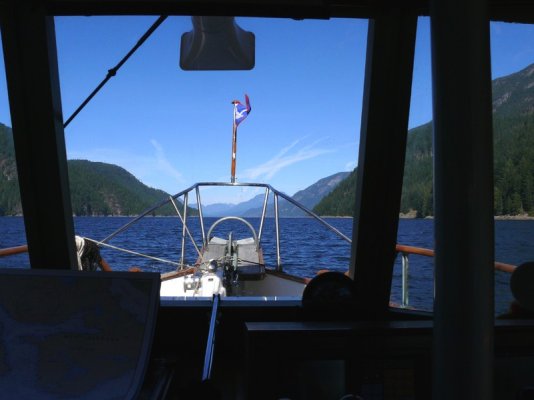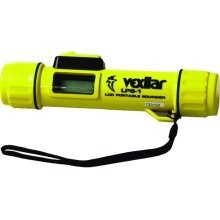dwkerch1
Member
- Joined
- Jul 1, 2009
- Messages
- 9
Has anyone tried/used a depth sounder with an in-hull transducer on a heavy/thick hulled trawler? Mine is a 1987 Marine Trader and the hull is 1" - 1 1/2" thick . This I know from personally intalling*my bow thruster.*The Hawkeye D 10D sounder is what I'm considering? I need to replace my old Hummingbird unit and I don't want to haul the boat right now just for this sounder replacement, and I can't find a working Hummingbird unit that is compatible with the existing ttransducer.


